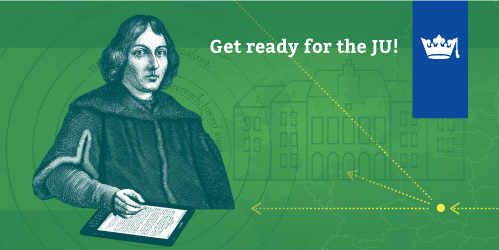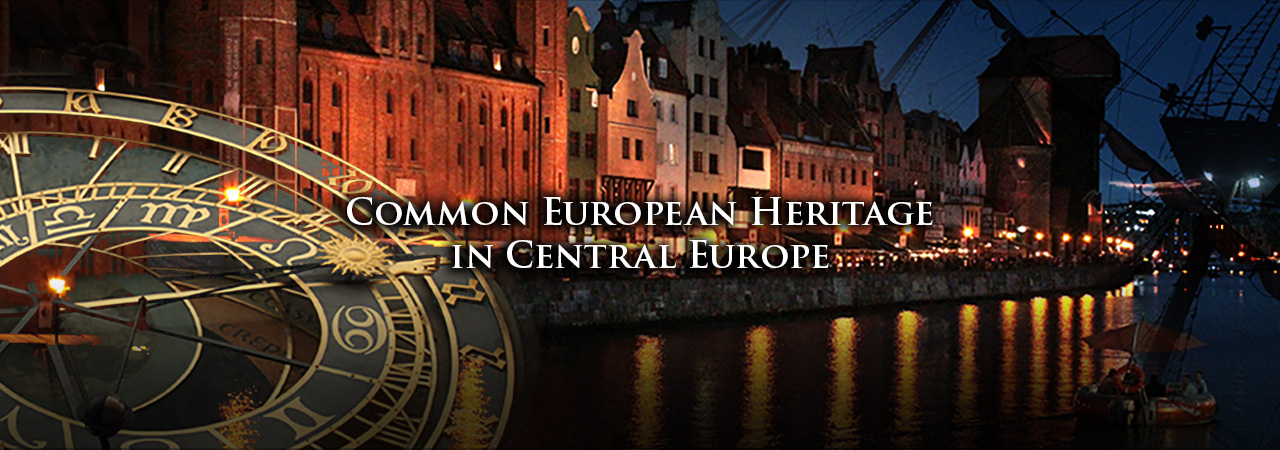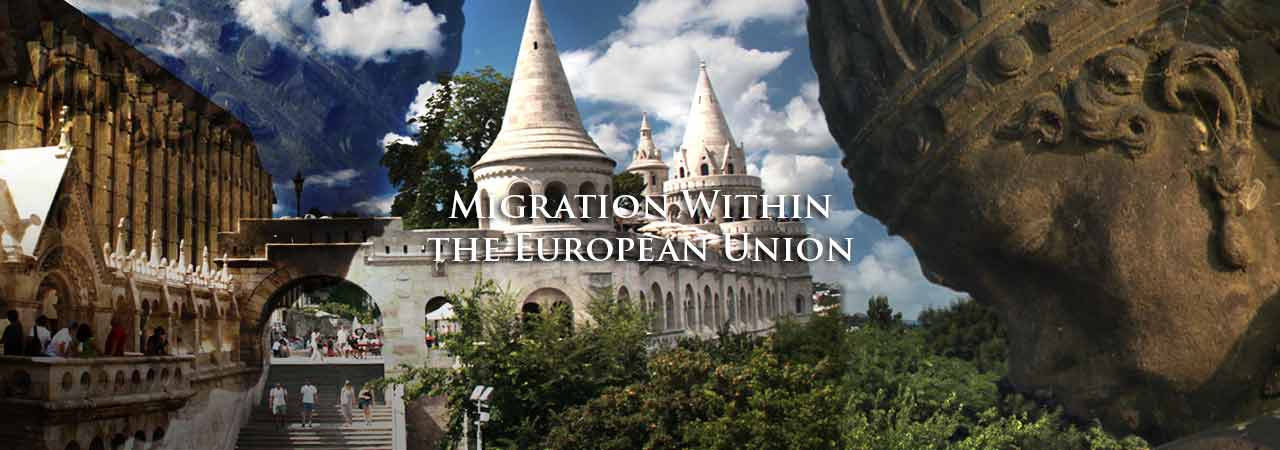
Welcome to the Jagiellonian University’s online course focused on Central and Eastern Europe.
Below you will find 10 lectures given by a range of our top academic instructors, dedicated to diverse topics which are organized into three thematic categories:
1) CEE in Context: Identity, History, CEE in the World,
2) CEE: Politics and Economy,
3) CEE: Culture, Heritage and Society.
- Igazgató: admin OPEN UJ

###
The lecture provides a general overview of two mayor economic processes that revolutionized the face of Central Europe during last 25 years. The first is the process of political and economic transition from socialist centrally-planned economies that operated within the communist regime to market economy existing within the framework of democratic political system. This part of the lecture focuses on initial conditions, strategies and outcomes. Special attention is given to Poland and Hungary, which serve as prime examples of two very different strategies of transition.
###
The second process is economic integration and the challenges related with the membership of Central European Countries in the EU. In this section Dr. Orzechowska-Wacławska shortly characterizes the milestones of the accession process, and concentrates on profit-cost analysis, trying to determine what where the ex ante and what were the ex post estimates of Central Europe’s EU Membership.
- Igazgató: admin OPEN UJ

###In the context of increasing interest in a common European heritage this lecture proposes reflections on its conceptual roots and use at national and European levels. Europeanization of national lieux de memoire is exemplified by the intergovernmental and Union "European Heritage Label" initiative. ###The case of the Gdańsk Shipyards is discussed in the context of European semiotization / Europeanization of this national lieu de memoire.
- Igazgató: admin OPEN UJ

###The presence of large numbers of migrants often leads to the identification of conflicting interests, leads to social tensions and can lead to open conflict. Regardless of the scale of the phenomenon, to date no Community instrument has been created to help ease the very real existential problems. The absence of such programs is not in the interest of Europeans, hinders dialogue and, despite all of the obvious fruits stemming from the mobility of EU citizens, ###has led to a fall in support for the whole process of integration. It seems that it is high time for a shift in our understating of the borderland in contemporary European and to decide whether such a redefinition could improve programs supporting European integration. This lecture touches upon these issues and aims at pointing towards possible solutions.
- Igazgató: admin OPEN UJ

###In The Origins of Totalitarianism, Hannah Arendt proposed that a totalitarian regime is founded upon a combination of ideology and terror. Assuming the accuracy of her analysis, how were these concepts applied in Nazi Germany and how was the process of coordinating all social interaction perceived by the average non-Jewish citizen of the Reich?
###How was the regime perceived by those at the top? How did ideology and terror serve to undermine the dignity attached to human freedom, numb self-awareness, and atomize German society? These are among the key issues addressed in this lecture.
- Igazgató: admin OPEN UJ

###The lecture outlines the political geography and history of relations between the European Union (EU) and Central and Eastern Europe, that is, the countries that were ruled by communists until 1989–91, entered in association with the EU in the 1990s, were promised accession into the EU in 1993, and became EU new member states in 2004, 2007, and 2013.
###The lecture discusses “Europe agreements” establishing association, the Copenhagen criteria of EU membership, and negotiations on EU accession.
- Igazgató: admin OPEN UJ

###The aim of this lecture is to debate the roots and outcomes of a specific CEE identity. Recent developments, influenced by systemic transformation, democratisation and Europeanisation are discussed. The process of change is perceived form two different angles – as an adaptation to institutional structures of the European Union, and a system of norms and values.
###Among the key questions addressed in this lecture are: Does CEE have a common identity? If so, are there any distinguishing features of this identity? Have collective identities in CEE been subject to change through overlapping processes of transformation, eastern enlargement and Europeanisation?
- Igazgató: admin OPEN UJ

###This lecture is an introduction to a course that I run at the Centre for European Studies on the subject of the Jewish heritage of Polish Galicia (southern Poland). This territory had an extremely dense Jewish population before the Second World War, which was almost completely wiped out during the Holocaust. However, there are many physical traces of that Jewish past that have survived---empty synagogue buildings, for example, or abandoned Jewish cemeteries, as well as Holocaust memorials dotted around the countryside.
###What this course is about is how to make sense of these ruins of the past. For example, how do local people cope after a genocide? What memories of the past do they try to preserve, and what gets forgotten? In particular, what is it that gets shown in local museums about the vanished Jewish culture of this region? What are their assumptions about the nature of the Jewish heritage, today often reconstructed also by tourist and other local agencies? The course is intended for interdisciplinary students---no prior knowledge of Jewish culture is required, nor anthropology, nor museum studies, although the course dips into all those fields.
- Igazgató: admin OPEN UJ

###This lecture is an overview of the change that has been taking place in Europe since 1945. The lecture points out the main direction of the change {stability, prosperity and democracy} and briefly explains its impact on the Old Continent.
###Because the change is thorough and sweeping, Europe becomes a new continent. Hence the title of the lecture: the Old-New Continent.
- Igazgató: admin OPEN UJ